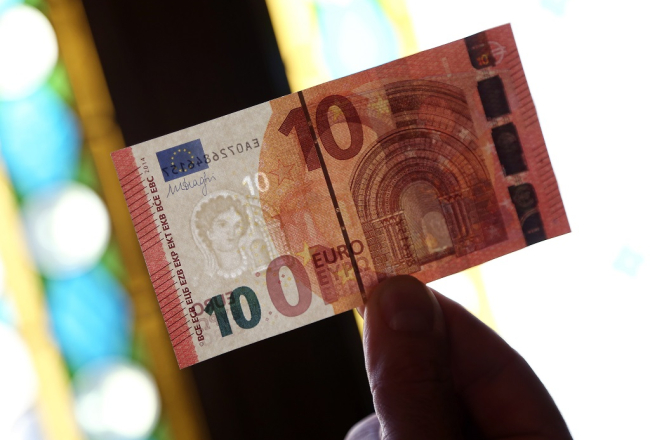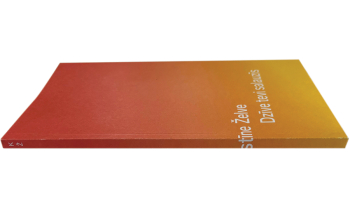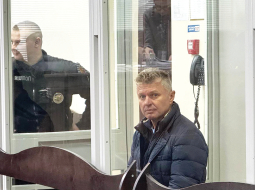
Foto: Evija Trifanova, LETA
There are times when one may wonder about financial markets.
On 15 January 2015 the Swiss central bank dropped its fixed exchange rate against the euro and a rapid appreciation of the Swiss franc ensued, i.e. the number of Swiss francs it takes to buy a euro dropped as can (perhaps....) be seen from the less-than-impressive Figure 1, which shows the Swiss franc against the euro since 2005. It is fair enough that financial markets hadn't seen that one coming although the fixed exchange rate at its introduction in 2011 was always meant to be temporary.
Figure 1: Swiss franc against the euro, 2005 - 2015
Source: European Central Bank
What I don't get about the financial markets is the, seeming, lack of lessons from history. Shortly after the Swiss franc appreciation, financial markets started speculating if Denmark, also with a fixed exchange rate vis-à-vis the euro, would also abandon its peg and let the Danish kroner appreciate.














